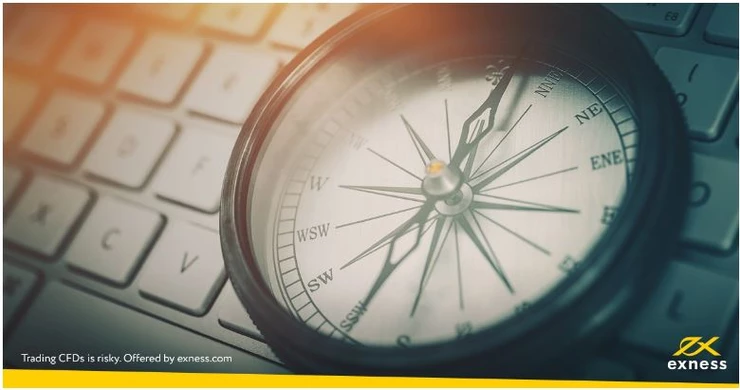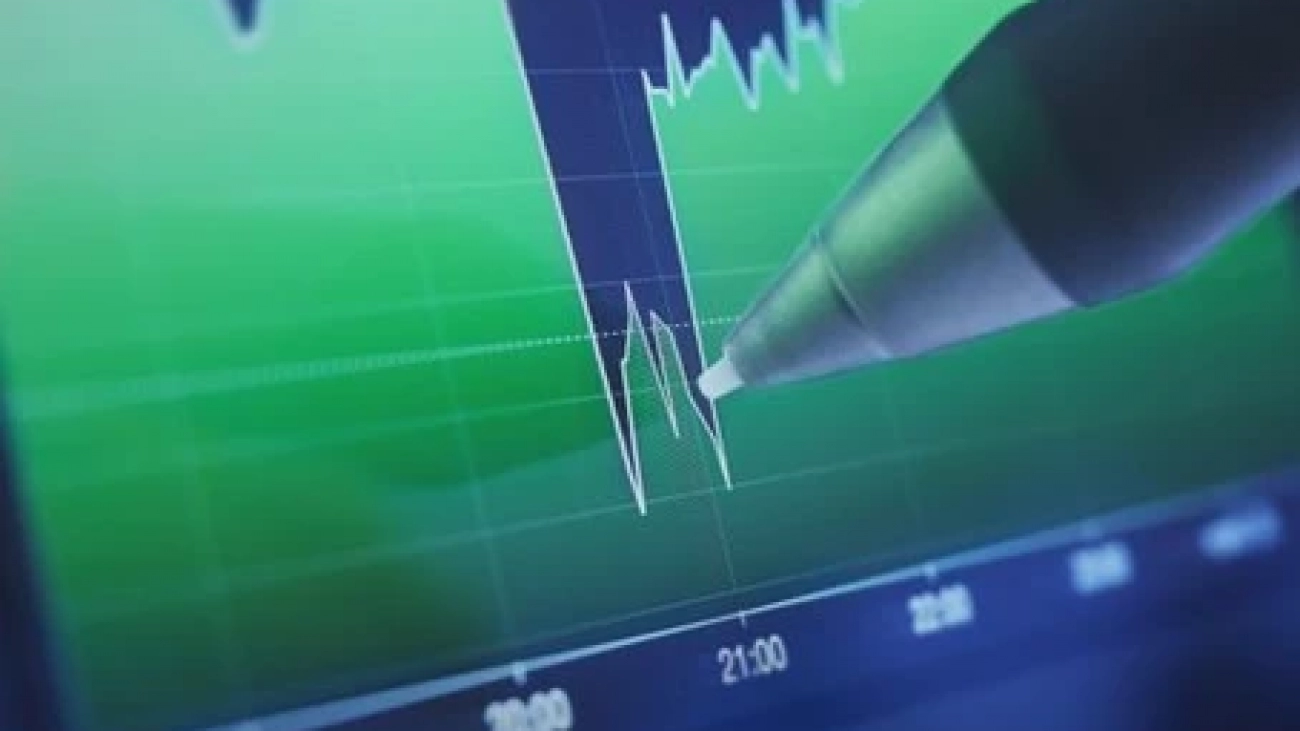
Author:Exness Broker
The relative strength index (RSI) indicator is a technical indicator that is widely used by traders to identify oversold and overbought conditions within charts. The RSI is an oscillator type of indicator that moves up and down a scale from 0 to 100 depending on market conditions. The RSI is regarded as a leading indicator, which means that it can be used to predict future price movements in a financial instrument such as a currency pair. The RSI indicator was developed by J. Welles Wilder and introduced into the markets in 1978.
Understanding The RSI’s Signals The RSI indicator is usually presented as a horizontal chart attached to the bottom of a currency pair’ chart that features a single line that oscillates between 0 and 100.When the RSI is ranging from 0-30, this generally indicates oversold market conditions with a high probability of an upward correction in price. Whenever the RSI is ranging from 30-70, this is generally regarded as neutral territory (neither overbought or oversold). An RSI reading of 70-100 generally indicates an overbought market with a high likelihood of a price correction to the downside. When the RSI crosses from below the centerline (50 level) to the area above, this usually indicates a rising price trend in the affected currency pair. When the RSI cross from above the centerline to the area below it, this usually indicates a falling price trend in the affected currency pair.
RSI Divergence Signals The Relative Strength Index indicator might also show divergence in certain situations where the RSI line trends in the opposite direction to the prevailing price action in a currency pair. This is referred to as divergence, which can either be bullish or bearish, and indicates that a price reversal might be developing.
Bullish RSI Divergence Bullish RSI divergence typically occurs whenever the price of a currency pair is declining and the RSI line is rising, which is a strong bullish signal.
Bearish RSI Divergence Bearish RSI divergence typically occurs when a currency pair’s price is trending higher and the RSI line is falling, which is a strong bearish signal.
Analyzing RSI Signals Although the RSI overbought signal occurs when the RSI line crosses over the 70 mark, the time to actually sell the currency pair is when the RSI moves out of the overbought region. This is because the price can sometimes stay in the overbought range for extended periods and this can cause major losses for a trader that jumps in too early.To put it another way, the initial cross above the 70 mark typically serves as a warning to traders that they should prepare to sell once the RSI crosses back below the 70 mark. The same case applies to the RSI oversold signal, which typically occurs once the RSI line crosses below the 30 mark. You shouldn’t actually buy until the RSI line moves out of the oversold area.Whenever you are trading with the RSI divergence indicator, always place a trade in the direction confirmed by the RSI line after the price of the currency pair has closed two to three candles in your preferred direction.
How To Place Stop Loss And Take Profit Levels When using the RSI indicator, you should ideally place your stop loss order slightly beyond the latest swing top or bottom that occurred before the price reversal that you are trading. Your ideal take profit level should be when the RSI line crosses above or below the centerline (50 level), at which point you should lock in some of your profits, if any, using a trailing stop. In some cases, the trend might reverse at or near the centerline, which is why this is a good take profit level.
A Word Of Caution Just because the RSI indicates that an overbought or oversold condition exists, you shouldn’t always expect a price reversal. A currency pair in a strong trend might stay in overbought or oversold conditions for a long time. Also, because the RSI is a leading indicator, it can generate a lot of false signals when the asset it is being used to measure displays strong trend characteristics. You should always use stop loss orders to minimize you risk exposure when trading using the RSI.
How To Calculate The RSI Although most modern trading platforms, such as the MetaTrader 4 and MetaTrader 5, can and will calculate the RSI for you automatically, understanding how these calculations are made is useful for gaining better insight into how the RSI works.
The default setting for the RSI is 14 periods.
RSI = 100 – [100 / (1 + RS)] — Where: RS (Relative Strength) = average gain / average loss
Here is how you find relative strength: calculate the gains of the last 14 reporting period and divide by zero. This is your average gain. Now find the average loss by adding up all the losses from the last 14 reporting periods and divide them by zero.
Once you have calculated the two, you divide the average gain by the average loss to find the Relative Strength (RS) and apply it to the RSI formula.
Conclusion The relative strength index indicator is a useful tool that helps traders predict reversals of existing trends. The indicator generates trading signals when overbought or oversold conditions exist as well as when bullish or bearish divergence is identified within an existing trend. Also, given that the RSI is a leading indicator, it is quite prone to generating false trading signals and should always be used together with other indicators for trade confirmations.
Found this article useful? Create a Demo account to try RSI today.











